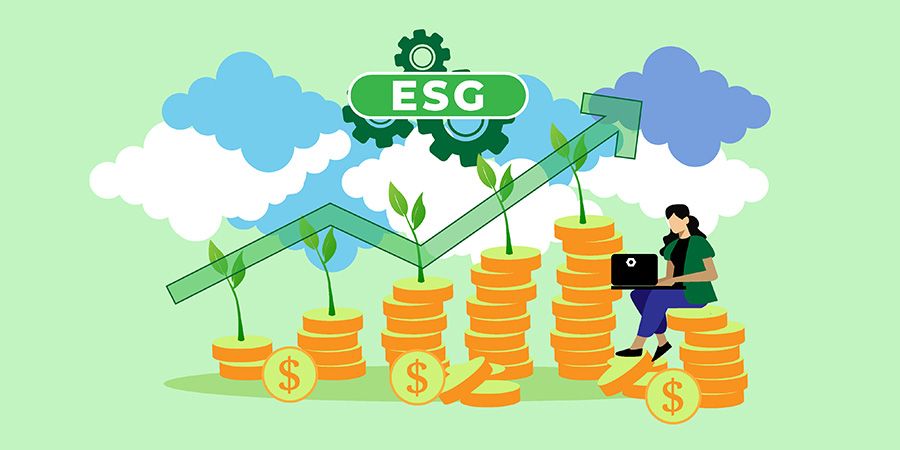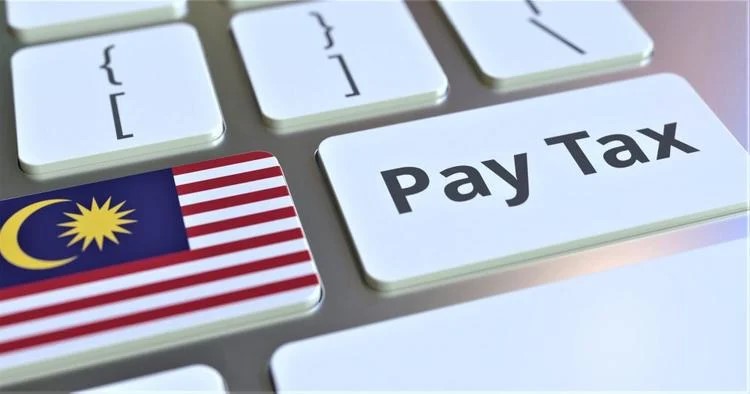ENVIRONMENTAL, social and corporate governance (ESG) or sustainable investing has dominated the investment world over the last two years. ESG-managed fund assets has almost quadrupled to US$3.9 tril since the start of 2020, according to Morningstar.
The main driver of this growth has been regulation, especially in Europe where sustainable investment criteria have been introduced.
While this is a good development in contrast to the lukewarm respond from world government on climate change, the last thing we as investors should do is to blindly accept ESG labels as blanket acceptance that our carbon footprint can be reduced.
Investing in sustainable technology or infrastructure goes beyond just the feel-good factor for environmentally conscious clients as it also helps build wealth by tapping on truly transformative technologies with huge potential to shape our environment for the better.
Over the next two articles I will elaborate on the five sub-themes: (i) clean energy; (ii) clean water; (iii) energy storage; and smart grids; (iv) green financing; and (v) waste management.
Clean energy
Sourcing energy from renewable sources such as solar, wind, hydro, geothermal energy and bioenergy is key to weaning our society from fossil fuels.
By 2050, half of global energy production is expected to be from renewable sources, according to the US Energy Information Administration (EIA).
Aside from investing in companies that produce renewable energy, one should also consider investing in companies that develop technology and equipment used in the process.
On top of the ethical imperative and government incentives, this sector will undergo a boom in technological development and lucrative breakthroughs to build the energy infrastructure needed to sustain society.
The adage of selling picks and shovels during a gold rush applies here except the equipment needed for humanity’s energy future are solar panels, wind turbines and batteries.
One such company is First Solar Inc which focuses on solar panel manufacturing. It faces strong competition from Chinese solar panel manufacturers and has since upgraded its manufacturing technology while shedding non-core businesses to be more competitive. It will also expand its manufacturing capacity which will help it improve profitability.
Another company worth highlighting is Denmark’s Orsted which is the world’s largest offshore wind farm developer. The company has its roots in the oil and gas (O&G) industry but has since sold that business and is doubling down on investments in wind and integrated green energy solutions.

Clean water
It’s safe to say that we take water for granted. When there is a shortage, the conversation shifts to drought or infrastructure problems.
Clean water is now seen as an investment commodity – similar to oil or gold – as it has diversification benefits. With only 3% of the world’s water being freshwater and only 1% being readily available for human consumption, climate change and pollution is making an already scarce resource scarcer.
Companies involved in water treatment, distribution and equipment manufacturers can be a protective asset in one’s portfolio. While derivatives based on water markets are still developing, there are water resources companies that make a compelling investment case.
Advanced Drainage Systems is a company that makes pipes, tanks, and other water industry equipment. While the company has a strong existing manufacturing business, flash flooding in various regions around the world have made demand for drainage equipment even stronger.
Energy storage and smart grids
If energy utilities are a core constituent of your portfolio for its predictable cash flows and defensive nature, smart grids and energy storage should not be overlooked.
The revamp of existing energy infrastructure provides an investment opportunity. Energy demand is accelerating and the way we use energy is evolving with the use of electric vehicles, electric cooling or heating systems or the use of renewable energy on-site.
This is where smart grids come in. Given the need to balance the load by ramping up at the right times and to draw from the different sources depending on the availability of wind or solar, more investment is being made into smart grid infrastructure.
While there are pure play companies that focus on these solutions, the more obvious investment exposure are large electric component companies like Schneider Electric and ABB.
Both firms have established themselves as leaders in digital transformation of energy management to eventually reduce carbon emissions of traditional electrical grids.
Part 2 of this article will cover green financing (green bonds), waste management as well as how to gain exposure to these trends.
The author Wong Wai Ken, is the Country Manager of StashAway Malaysia, a Roboadvisor regulated by the Securities Commission.
The views expressed are solely of the author and do not necessarily reflect those of Focus Malaysia.









